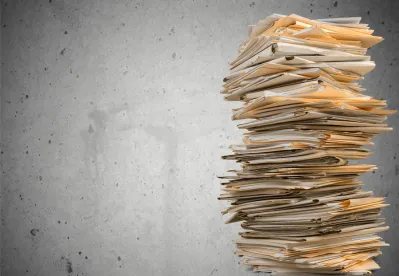We are now in the second year of the California legislature's biennium. Under the Constitution, any bill introduced during the first year of the biennium of the legislative session that has not been passed by the house of origin by January 31 of the second calendar year of the biennium may no longer be acted on by the house. Cal. Const. Art. IV, § 10(c). That means that a lot of bills died at the end of last month.
Where does a bill go after it dies? Dead bills have a destination, but it isn't heaven or hell. Under the legislature's joint rules, immediately after January 31, bills introduced in the first year of the regular session that do not become “carryover bills” must be returned to the Chief Clerk of the Assembly or Secretary of the Senate, respectively. J.R. 56. "Carryover bills" are bills that pass out of their house of origin by the constitutional deadline. Id.
Though some may view the constitutional deadline as mighty and dreadful, it is not so. A bill may be reincarnated as a new bill. Legislators have until next Friday, February 21, to do that. J.R. 61(b)(4), J.R. 54(a). Even if that deadline is missed, legislators can always turn to the infamous "gut and amend" procedure (i.e., removing the entire contents of a bill and replacing it with new matter). And so it seems that for bills in the California legislature "death shall be no more".



 />i
/>i
